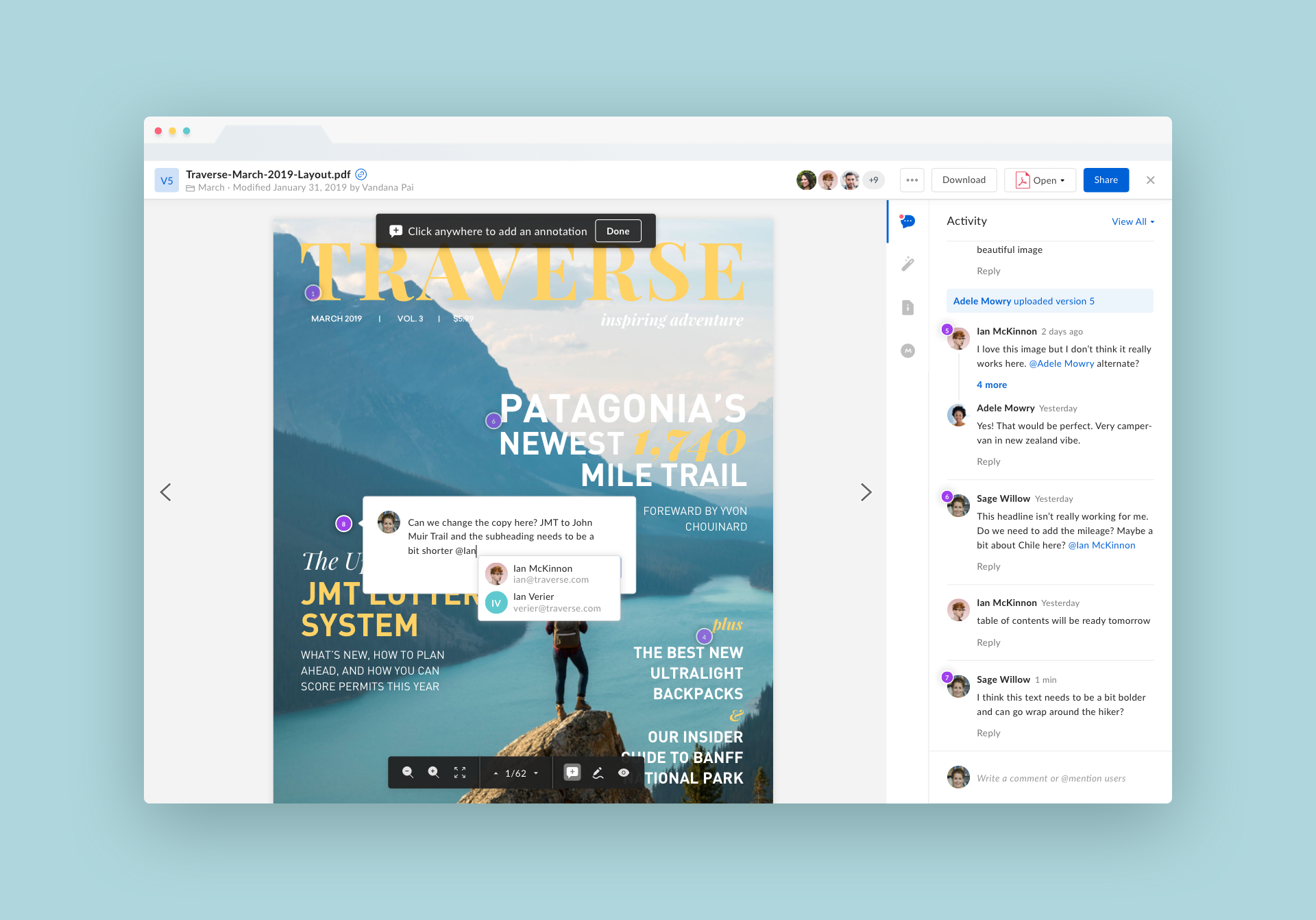My first introduction to Myanmar, or Burma as it was previously called, was the bustling and very humid city of Yangon. Coming from the Himalayas, this was all a bit of a shock to me. Regardless, I was ready to explore this country that was relatively new to tourism. Myanmar has been closed off to the world up until a few years ago due to a tourism boycott. The country was under military rule and only recently switched to a democratic government. Myanmar is safe, but parts of the country are still restricted to foreigners. Aggressive militants can still be found in these areas. Since tourism is still so new, the Burmese are extremely friendly to tourists.Unlike Thailand and other countries that are overcrowded with tourists, the Burmese never tried to rip you off or shove stuff in your face to purchase. They are so welcoming and always willing to help. They love to practice their English with tourists so I often found myself having the most random conversations with Burmese people who would join me for walks around town.
Walking around Yangon I first noticed the all the street food (of course). I was very keen on trying as much as I could, something I would absolutely be paying for. Burmese food, in truth, is not that great. This was the general consensus from everyone I met. The food is bland and much too oily– it could just not compare to it's tastier neighbor, Thailand. The only Burmese dish worth having, in my opinion, is tea leaf salad, which you could find just about anywhere. They use fermented tea leaves to make this semi-sour and spicy salad. Otherwise, order something else, like Thai or Indian. The country is an amalgamation of so many other cultures it seems so this is easy to do. Long story short, eating the street food here is the worst idea possible. I was told after the fact that Myanmar hygiene and sanitation is notoriously bad. Don't want to throw up? Then don't look at Burmese kitchens.
Around Yangon I continued to see women and children with yellow paint smeared all across their faces. I learned that this paint is called thanaka, which is a paste made from a tree. It has natural protection from the sun, cooling effects, and incredible skin benefits— they've been using this natural sunscreen for centuries! It doesn't phase anyone to see this paste in designs on everyone's faces. It's quite fun.
Yangon's biggest attraction is the Shwedagon Pagoda. It was easy an easy walk there from my hostel in Chinatown. Enormous, golden, beautiful, and impressive. It's over 2,500 years old and is a very sacred site for Buddhists. I did find it hilarious to see so many monks walking around with their smartphones and taking photos. Even monks gotta selfie. #basic
Unfortunately Myanmar is expensive, by backpackers standards at least. There are very few hostels and for the ones that do exist, dorm rooms run about $12-20 per bed. Transportation around the country is mainly by bus, train, or flying. Taking the night bus, which is how I got around, was the cheapest way to go, but was still about $20-30. There were fees for all the temples and cities, between $10-20. Since tourism is so new it seems like the government is taking advantage of being able to charge foreigners however much they want. I could not stay in Yangon for long, it bored me quickly and I wanted to visit beautiful Bagan. I had heard so much about this ancient city, so I easily booked a night bus and made my escape!












No comments.